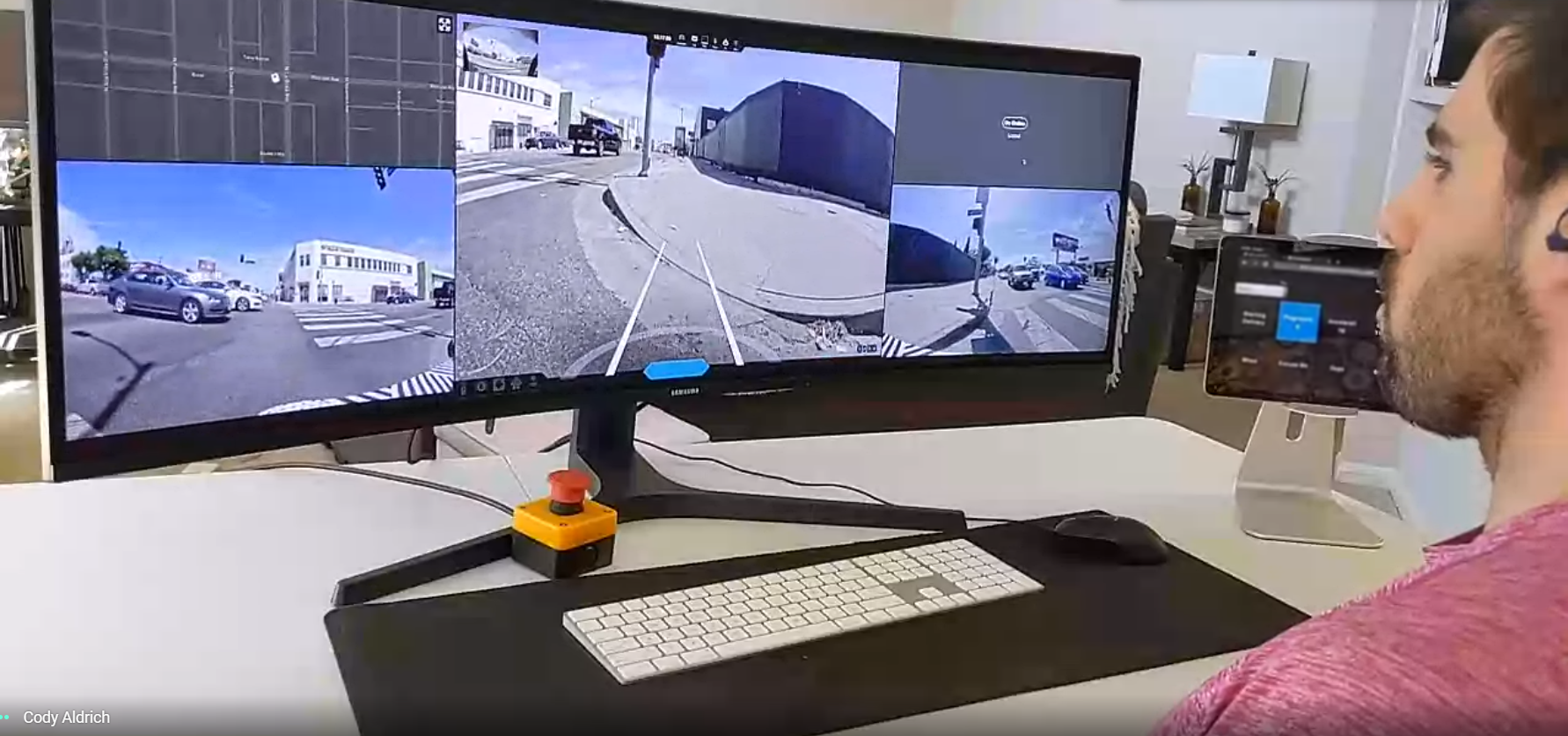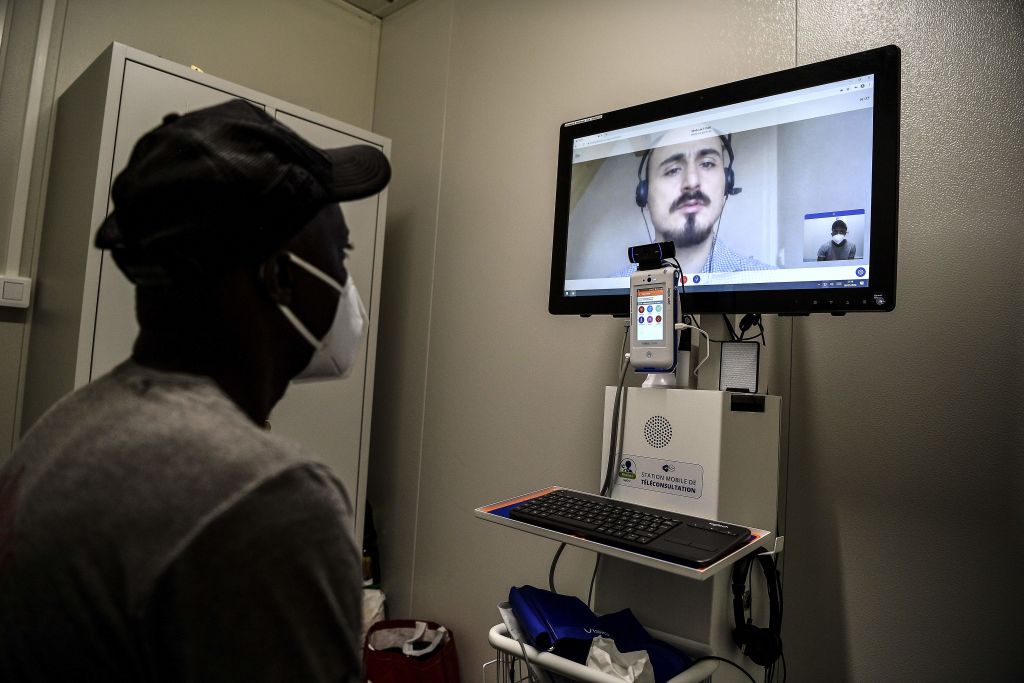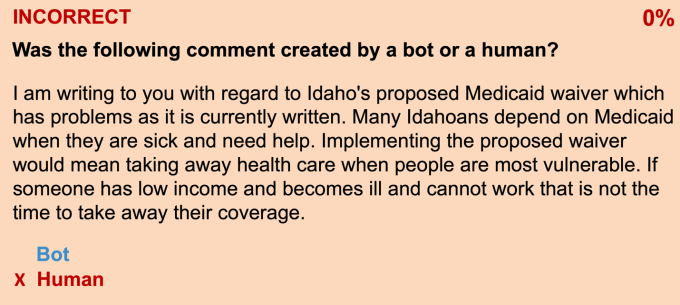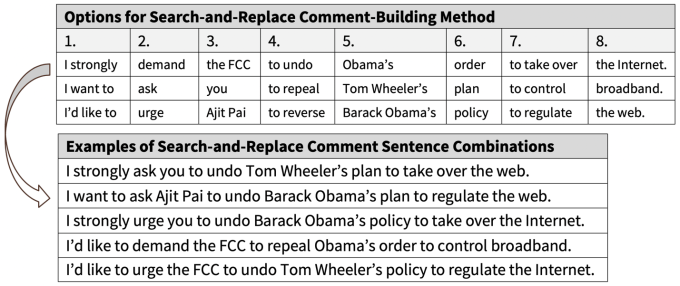The Station is a weekly newsletter dedicated to all things transportation. Sign up here — just click The Station — to receive it every Saturday in your inbox.
Hi and welcome back to The Station, I’m your host Kirsten Korosec, senior transportation reporter at TechCrunch. If you’re interested in all the future and present ways people and packages move from Point A to Point B, you’re in the right place.
It felt like Tesla dominated the news cycle once again this week. (Checks list of published articles) And yep, it sure did. There was other mobility news though, including layoffs at self-driving company Cruise and new rules that Uber is rolling out Monday that will change the ride-hailing experience for the foreseeable future.
Reach out and email me at kirsten.korosec@techcrunch.com to share thoughts, criticisms, offer up opinions or tips. You can also send a direct message to me at Twitter — @kirstenkorosec.
Shall we get down to it? Vamos.
Micromobbin’

The micromobbin’ space got more crowded this week as Bolt announced it would launch an electric scooter service in more than 45 cities this summer. Bolt, a big competitor to Uber in Europe and Africa, has raised more than $200 million from investors like Daimler and Didi Chuxing.
Meanwhile, Bird, Lime, Voi and Tier are reportedly in talks with local authorities in the U.K. to launch electric scooter trials as early as next month. The U.K. originally planned to start allowing companies to operate next year, but that timeline has been pushed up amid the coronavirus pandemic.
Over in the land of e-bikes … The National Park Service has proposed revisions to rules regarding e-bike use on federal lands. The proposal is open for public comment until June 8, 2020.
The proposed regulations, which you should check out here, would exclude e-bikes from the definition of motor vehicle. Park superintendents would have the authority to open up paths and roads designated for bicycles to e-bikes.
There are conditions. Ultimately, the authority will rest with that particular superintendent, which means this is not an e-bike free-for-all in national parks. E-bike riders will have to pedal — no throttle only — in non-motorized areas and they would still be prohibited in designated wilderness areas.
PeopleForBikes, a non-profit organization and bicycle advocacy group, has loads more information on the proposed rulemaking.
Speaking of e-bikes, these modes of transportation are poised to be big winners this year. We’ve highlighted some of the companies that have already seen gains since the COVID-19 pandemic. This week, a pair of stories provide some insight into this trend. Bloomberg focused on Specialized Bike Components Inc and The Verge did a deep dive into the broader e-bikes industry. One snippet from The Verge article gives you some idea of how things are shaping up for e-bike companies: Seattle-based Rad Power Bikes said its sales in April increased a whopping 297% year over year; its sales to business customers in the delivery sector also rose 191% from March to April this year.
It’s not e-bike boom times for everyone though. The Verge reported that GM killed off its first electric bike called ARIV.
— Megan Rose Dickey and Kirsten Korosec
Deal of the week

Deals — they are slim, but they’re still happenin’.
It seems like just yesterday that Waymo announced it had raised $2.25 billion — its first external investment — in a round led by Silver Lake, Canada Pension Plan Investment Board and Mubadala Investment Company. Magna, Andreessen Horowitz and AutoNation and its parent company Alphabet also participated.
But what’s this? A mere two months later Waymo is back. The autonomous vehicle company said it has added another $750 million to the round, bringing the total size of the financing to $3 billion. The extension comes from new investors, including those managed by T. Rowe Price, Perry Creek Capital, Fidelity Management and Research Company and others. Side note: T. Rowe Price is also a major backer of rival Cruise.
Other deals:
Uber approached Grubhub in February with an all-stock takeover offer and the companies have been in talks since then, according to the WSJ, which broke the story. Grubhub proposed Uber pay 2.15 of its shares for each Grubhub share. Uber didn’t bite and now discussions are aimed at a lower price.
TechCrunch’s Alex Wilhelm unpacks the deal in terms of its cost and explains why Uber has to pay in stock, how large a combined Uber Eats/Grubhub entity would be compared to its competition and why adjusted EBITDA helps us understand how this acquisition could give Uber’s bottom line a shot in the arm.
Intel announced its latest tranche of deals: $132 million invested in 11 startups. The deals speak to some of the company’s most strategic priorities currently and covers artificial intelligence, autonomous computing and chip design.
DispatchTrack, which created a platform for last-mile deliveries to help companies mimic Amazon-like experiences by planning and tracking deliveries more easily, has closed a $144 million investment from a single investor. This is the company’s first-ever funding after scaling up as a bootstrapped startup to support more than 60 million deliveries per year.
VanMoof, the Dutch e-bike startup that launched in 2009, raised $13.5 million from London VC Balderton Capital and SINBON Electronics, the Taiwan-based electronics manufacturer that is its bike assembly partner.
Haulin’

If the COVID-19 pandemic has taught us anything, it’s how complex and sensitive our supply chain is. Startups going after this sector, whether it’s in subcategories like freight, autonomous robots or logistics, might find a more welcoming investor community.
I’ll be rounding up news and tips in this category when there is news to share. This week, there was.
The United States Postal Service pushed back the deadline for official bids to make its next-generation mail truck due to COVID-19, Trucks.com reported.
Curri, an on-demand construction materials delivery service co-founded by Matt Lafferty and Brian Gonzalez, has started to offer its services in all 50 states. The company, which graduated from Y Combinator’s demo day about a year ago, says its service saves customers roughly half the cost of deploying an in-house fleet for delivery.
Freight mobility company Einride struck a partnership with Oatly to help the plant-based oat drink company transition to electric delivery trucks. The partnership will kick off in the fourth quarter of 2020 in Sweden, where both companies are based.
Layoffs and people news
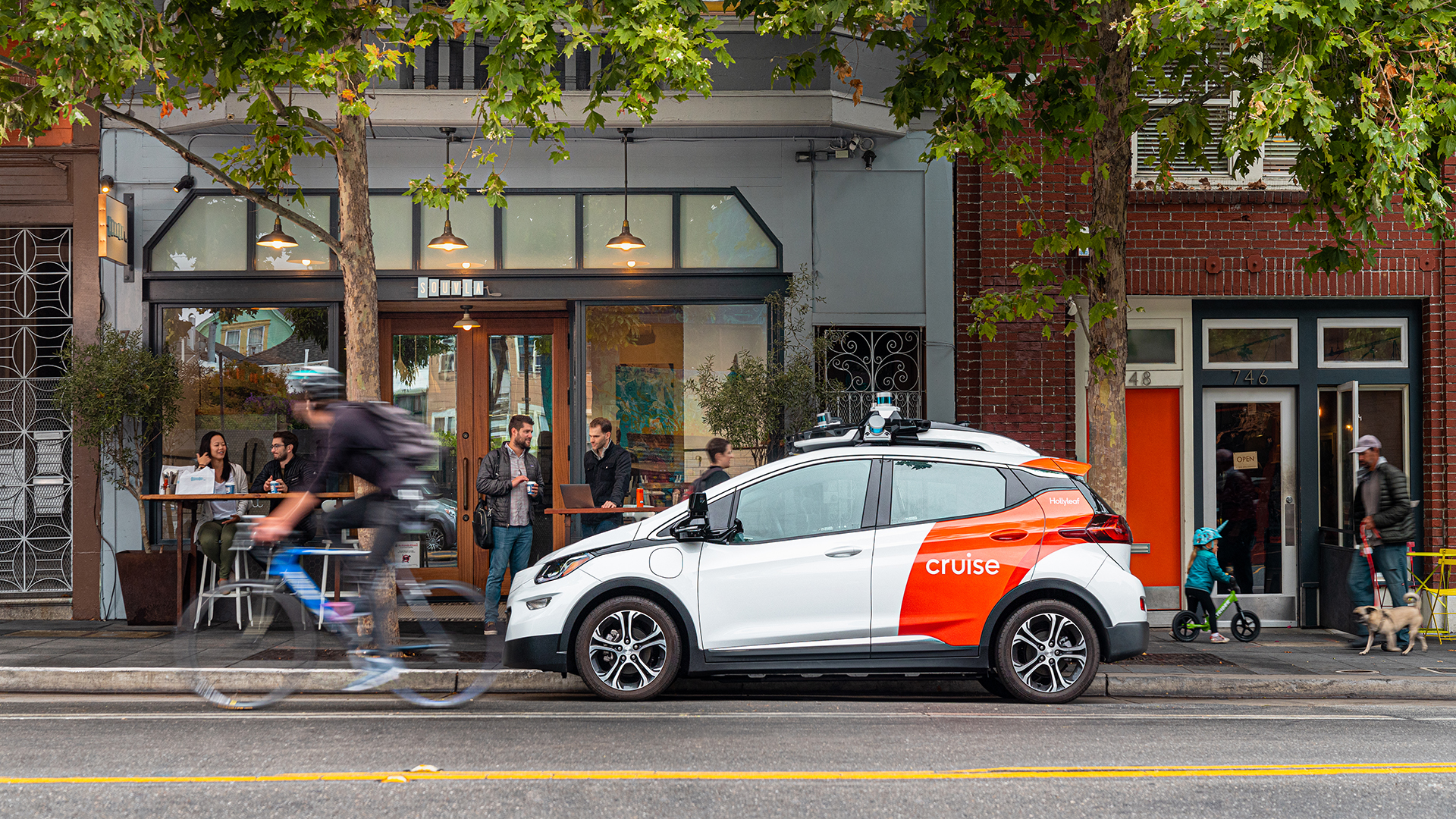
Cruise car in Hayes Valley, San Francisco.
Just when I think layoffs are slowing, another round of announcements or tips about cuts head my way. Amid the furloughs and layoffs, there has also been some executive reshuffling.
A few layoffs and executive moves stood out this week, namely cuts at Cruise and Tesla CEO Elon Musk’s decision to put the head of paint operations in charge of all production at the company’s factory in Fremont, California.
Let’s dig in.
On the same day that Musk defied local regulations and said he would reopen Tesla’s factory in Fremont, California, the CEO put a new person in charge of production.
Musk named Richard Miller, who was director of paint operations at Tesla, to head production at the factory, according to an internal email sent to employees and viewed by TechCrunch. It appears that Miller replaces Jatinder Dhillon, who was the company’s manufacturing director. CNBC had reported in March that Dhillon had left the company, although his LinkedIn profile still shows he is at the company and in the same role.
The email reads, “Due to excellent performance as head of paint operations in Fremont, Richard Miller is hereby promoted to overall head of Fremont Production. Congratulations!”
The timing of this, and who he picked, matters here and suggests that the reopening is more chaotic and disorganized than Musk or Tesla would want folks to believe.
Meanwhile, I got my hands on the memo sent by Cruise CEO Dan Ammann that informed staff of cuts and realignment of resources. (Bloomberg was the first to report the cuts.)
The company said it’s cutting nearly 8% of its more than 1,800-member workforce to reduce costs. The layoffs will affect employees in Cruise’s product, marketing and rideshare business units, according to the memo.
The official statement might rub those who were let go the wrong way. It reads: “In this time of great change, we’re fortunate to have a crystal clear mission and billions in the bank. The actions we took today reflect us doubling down on our engineering work and engineering talent.”
The cuts are notable. But so is the decision by the company to close its Pasadena office, which housed its lidar team. Cruise acquired in 2017 a lidar startup based in Pasadena called Strobe. According to the memo and one source, the lidar team is being folded into its San Francisco operations.
Other moves:
Zomato, an India-headquartered food delivery startup, cut 13% of its workforce and reduced pay for remaining employees. The 11-year-old firm didn’t disclose the exact number of people it was letting go, but the number is above 500.
Fair, the car subscription startup backed by hundreds of millions of dollars from SoftBank and others, has a new CEO. The company announced that Bradley Stewart, who had been CEO of aviation startup XOJet from 2013 to 2018 (when it was acquired by Vista Global), will now lead the company. Stewart confirmed in an interview that Fair is working on raising another round of funding that will include both equity and debt to push ahead on its business now focused squarely on car subscriptions for consumers.
Moto moto

As Harley-Davidson rounds year one on its electric debut, we’re still riding in the fog on how to evaluate the company’s EV pivot, according to TechCrunch reporter Jake Bright.
The American symbol of gas, chrome and steel released its first production electric motorcycle, the LiveWire, in September 2019, but still hasn’t offered sales data. Instead of posting a separate line for EV purchases in its 2019 and 2020 financial reporting, Harley folded LiveWire units sold into its “Cruiser” sales stats, that include some 16 different motorcycle models.
HD’s electric debut received mostly positive reviews from motorcycle stalwarts, but without sales data it’s difficult to evaluate the company’s shift to electric.
The LiveWire is supposed to lead a future line-up of EVs planned by Harley-Davidson — spanning motorcycles, bicycles and scooters.
The company saw a decline in sales and continued losses in its first quarter financials, but “remains committed to advancing our efforts in electric,” HD’s new CEO, Jochen Zeitz, said.
Another component to grading Harley Davidson’s foray into electric is seeing the follow on products to the $29K LiveWire, which was priced too high for the millennial market.
“The company needs to release EV-specific sales data and tell us what’s next in its voltage-powered lineup,” Bright wrote in this feature on Harley Davidson’s electric ambitions and the e-motorcycle market.
Notable reads and other tidbits
Here’s some other stuff that got my attention.
Of course, I’ll kick it off this must-read list with a survey we conducted with seven venture capitalists, including Ernestine Fu of Alsop Louie Partners, Stonly Baptiste & Shaun Abrahamson from Urban.us, Rob Coneybeer with Shasta Ventures, Shahin Farshchi of Lux Capital, Kate Schox with Trucks VC and Jeff Peters from Autotech Ventures.
We asked these VCs their thoughts and advice for mobility startups in this COVDI-19 era.
New York City celebrated its longest stretch of days without a pedestrian death in decades, The Hill reported.
Greentech Media interviewed McDonald’s former global product director, James Wehner, about his plans to shake up EV charging in his new role as chief technology officer at Engenie, the U.K.-based charging specialist.
Self-driving vehicle startup Aurora released a blog post explaining its process for rapidly converting on-road events into virtual tests.
Tesla plans to unveil new advanced battery technology it has developed that can produce power sources for its EVs which last for “millions of miles” and can be produced at low costs, Reuters reported.
Argo AI, the autonomous vehicle technology startup backed by Ford and Volkswagen, has developed a return-to-the road playbook. The guide lays out a detailed plan on how it will resume AV testing while keeping its employees safe.

Source: Tech Crunch



